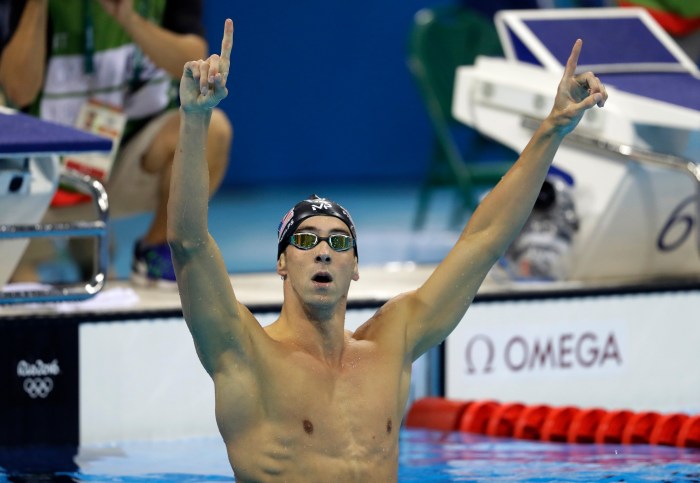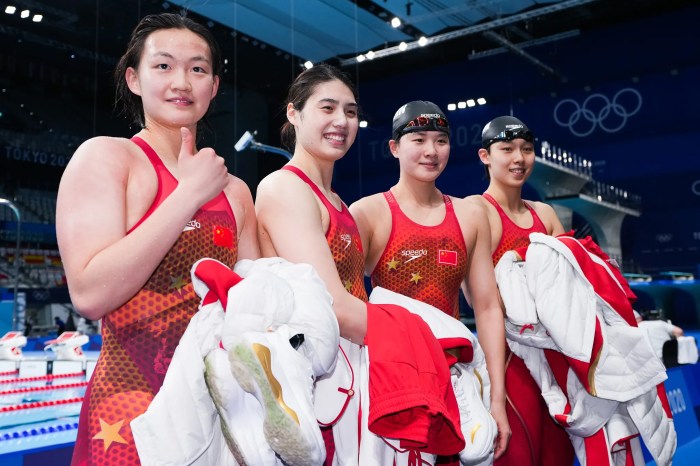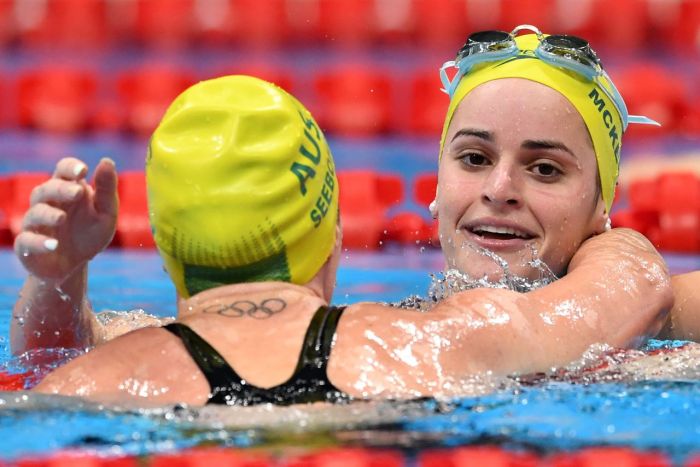Artistic swimming olympics winners – The world of artistic swimming is a captivating realm where athletes blend grace, strength, and precision to create mesmerizing performances. At the Olympic Games, these aquatic artists take center stage, showcasing their extraordinary skills and captivating audiences with their breathtaking routines.
From its origins to its evolution as an Olympic sport, artistic swimming has undergone a remarkable journey. This article delves into the history, key elements, and notable medalists of artistic swimming at the Olympics, exploring its impact on the Games and its promising future.
Historical Overview of Artistic Swimming in the Olympics
Artistic swimming, formerly known as synchronized swimming, has a rich history within the Olympic Games. Its origins can be traced back to the early 20th century, when swimming clubs began experimenting with choreographed routines set to music.
The first official artistic swimming competition was held at the 1952 Helsinki Olympics as a demonstration sport. It became a full medal event at the 1984 Los Angeles Olympics, with solo and duet competitions.
Over the years, artistic swimming has undergone several rule changes and developments. In 1996, the team event was added to the Olympics, and in 2000, the name was changed from synchronized swimming to artistic swimming to better reflect the sport’s artistic and athletic elements.
Key Elements of Artistic Swimming Performance

Artistic swimming performances are judged based on five key elements:
- Technical Merit:This includes the execution of difficult lifts, throws, and formations with precision and synchronization.
- Artistic Impression:This assesses the creativity, originality, and overall presentation of the routine.
- Execution:This evaluates the smoothness, timing, and overall quality of the performance.
- Choreography:This considers the originality and complexity of the routine’s movements and patterns.
- Music Interpretation:This judges how well the swimmers interpret the music and incorporate it into their routine.
Notable Olympic Medalists in Artistic Swimming
Some of the most successful artistic swimmers in Olympic history include:
- Anastasia Davydova (Russia):5 gold medals, 2 silver medals
- Svetlana Romashina (Russia):7 gold medals, 1 silver medal
- Gemma Mengual (Spain):2 gold medals, 2 silver medals, 1 bronze medal
- Miho Takeda (Japan):2 gold medals, 1 silver medal, 1 bronze medal
- Beatrice Coan (Italy):2 gold medals, 1 silver medal
Impact of Artistic Swimming on the Olympics

Artistic swimming has made a significant contribution to the Olympic Games by:
- Enhancing Diversity:It provides a platform for female athletes to showcase their skills and athleticism, increasing the representation of women in the Olympics.
- Adding Spectacle:Artistic swimming routines are visually stunning and entertaining, adding a unique spectacle to the Olympic program.
- Promoting Artistic Expression:It allows athletes to express their creativity and artistry through their performances, adding an artistic dimension to the Olympics.
Future Prospects for Artistic Swimming in the Olympics: Artistic Swimming Olympics Winners
Artistic swimming is likely to continue evolving in the Olympics. Potential changes and developments include:
- Increased Technical Difficulty:Routines may become more complex and challenging, with new and innovative lifts and formations.
- Greater Emphasis on Artistry:Performances may place a stronger focus on creativity, originality, and artistic interpretation.
- Mixed-Gender Events:The possibility of mixed-gender events in artistic swimming has been discussed, allowing for more diverse and inclusive competitions.
Final Conclusion

Artistic swimming continues to captivate audiences worldwide, showcasing the incredible athleticism and artistry of its competitors. As the sport evolves, we can expect to witness even more breathtaking performances and witness the rise of new stars in the pool. The future of artistic swimming at the Olympics is bright, promising continued growth, innovation, and unforgettable moments that will leave a lasting legacy in the annals of sports.
Frequently Asked Questions
Who is the most decorated artistic swimmer in Olympic history?
Svetlana Romashina of Russia, with 7 gold medals and 3 silver medals.
What is the most challenging element in artistic swimming?
The quad twist, a four-and-a-half-revolution twist performed out of the water.
How many countries compete in artistic swimming at the Olympics?
Typically around 20-25 countries compete in artistic swimming at the Olympics.